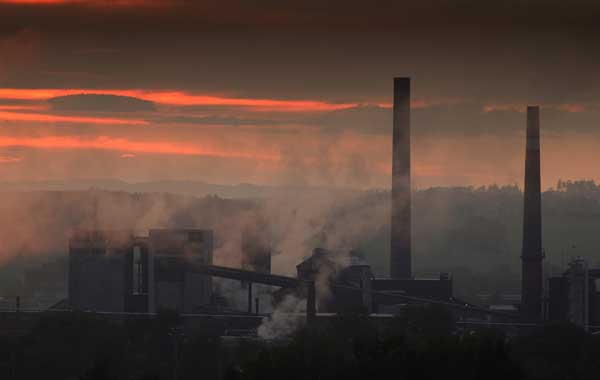
NEW DELHI: The Centre for Science and Environment (CSE) conducted an analysis of air quality across India during the winter of 2021-22 (October 15 to February 28). The study found Ghaziabad as the most polluted city and Shillong and Aizawl as the least polluted. Delhi has been reported as the second most polluted city followed by Noida, Faridabad, Greater Noida, and Gurugram.
The analysis has been done for the 2021-22 winter air quality tracker initiative of CSE’s Urban Data Analytics Lab. Cities of National Capital Region (NCR) completely dominated the list of most polluted cities in India. The CSE observed that the north Indian cities have on average recorded an 11 per cent lower PM 2.5 levels as compared to last winter, but the improvement in the sub-region of Delhi-NCR was just about 8 per cent. The report mentioned that Srinagar had the cleanest air in north India.
The analysis found the peak pollution exceeding the standard of 60 μg/m3 in all the cities. In the eastern region, Siwan in Bihar was the most polluted city with winter average of 187 μg/m3 and in the western region, Ankleshwar in Gujarat reported a jump of 20 per cent in the winter average.
Southern India recorded the lowest regional PM 2.5 average this winter but it also registered almost 24 per cent increase in regional average peak pollution (24-hour value) in comparison to previous winter. Industrial towns namely Gummidipoondi in Tamil Nadu and Gadag in Karnataka also appeared in the worst 10 cities for peak pollution.
Anumita Roychowdhury, Executive Director, Research and Advocacy, CSE, said that the report highlights how the winter pollution challenge is not limited to mega cities or to one specific region in India. It has now become a widespread national problem that requires urgent and deliberate action at national level. She added that there is need for quicker reforms and action in key sectors of pollution, that is, vehicles, industry, power plants, and waste management to bend the annual air pollution curve and daily spikes.

